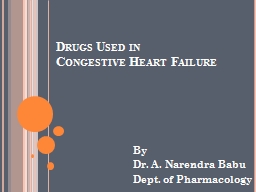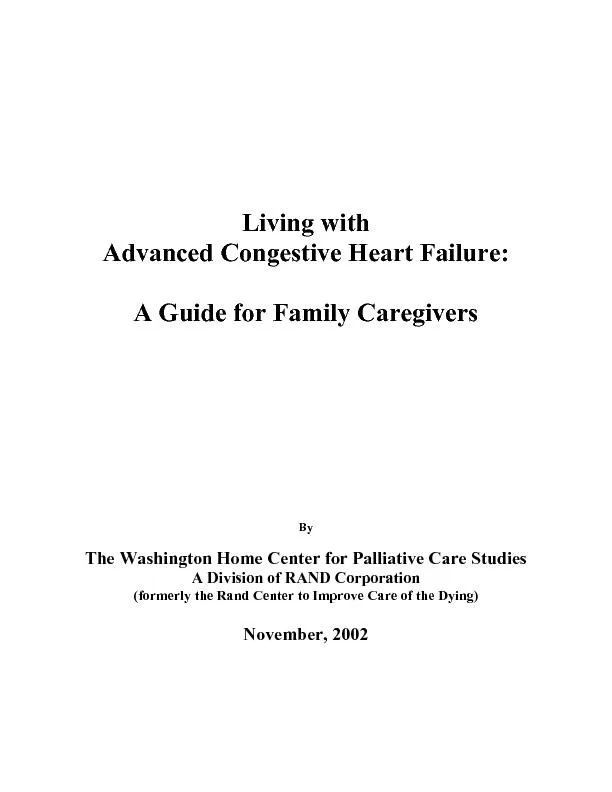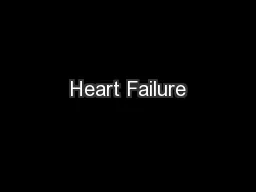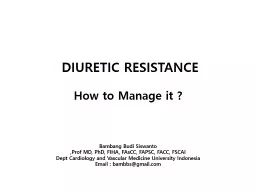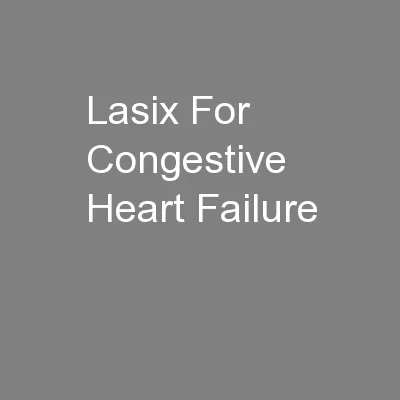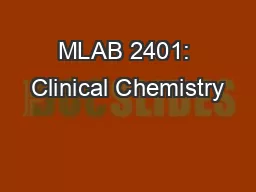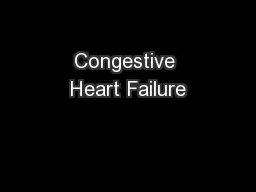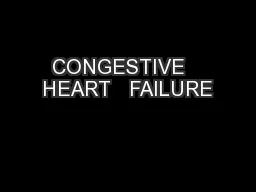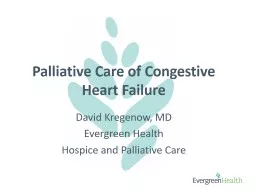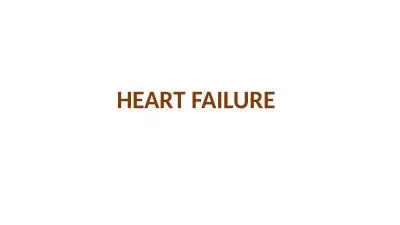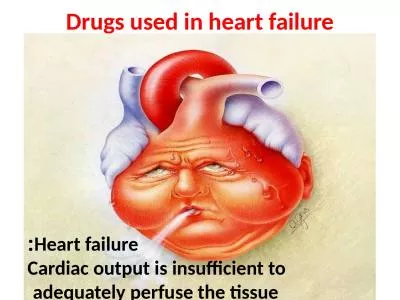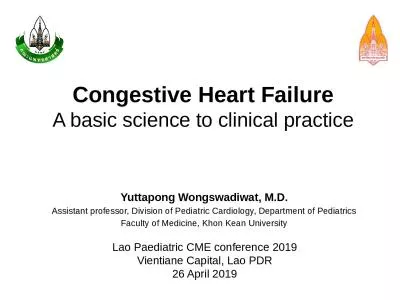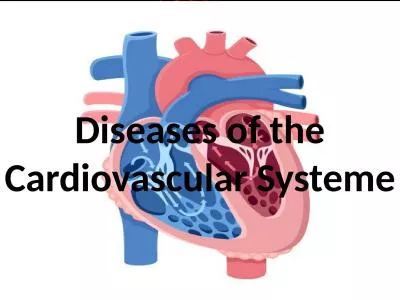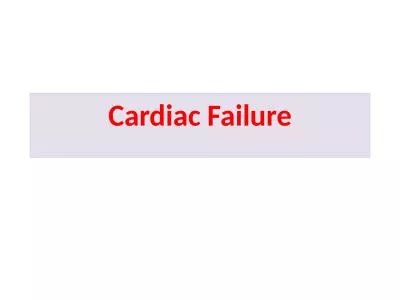PPT-Drugs Used in Congestive Heart Failure
Author : skylar | Published Date : 2024-02-09
By Dr A Narendra Babu Dept of Pharmacology Introduction Heart failure occurs when cardiac output is inadequate to provide the oxygen needed by the body The most
Presentation Embed Code
Download Presentation
Download Presentation The PPT/PDF document "Drugs Used in Congestive Heart Failure" is the property of its rightful owner. Permission is granted to download and print the materials on this website for personal, non-commercial use only, and to display it on your personal computer provided you do not modify the materials and that you retain all copyright notices contained in the materials. By downloading content from our website, you accept the terms of this agreement.
Drugs Used in Congestive Heart Failure: Transcript
Download Rules Of Document
"Drugs Used in Congestive Heart Failure"The content belongs to its owner. You may download and print it for personal use, without modification, and keep all copyright notices. By downloading, you agree to these terms.
Related Documents

